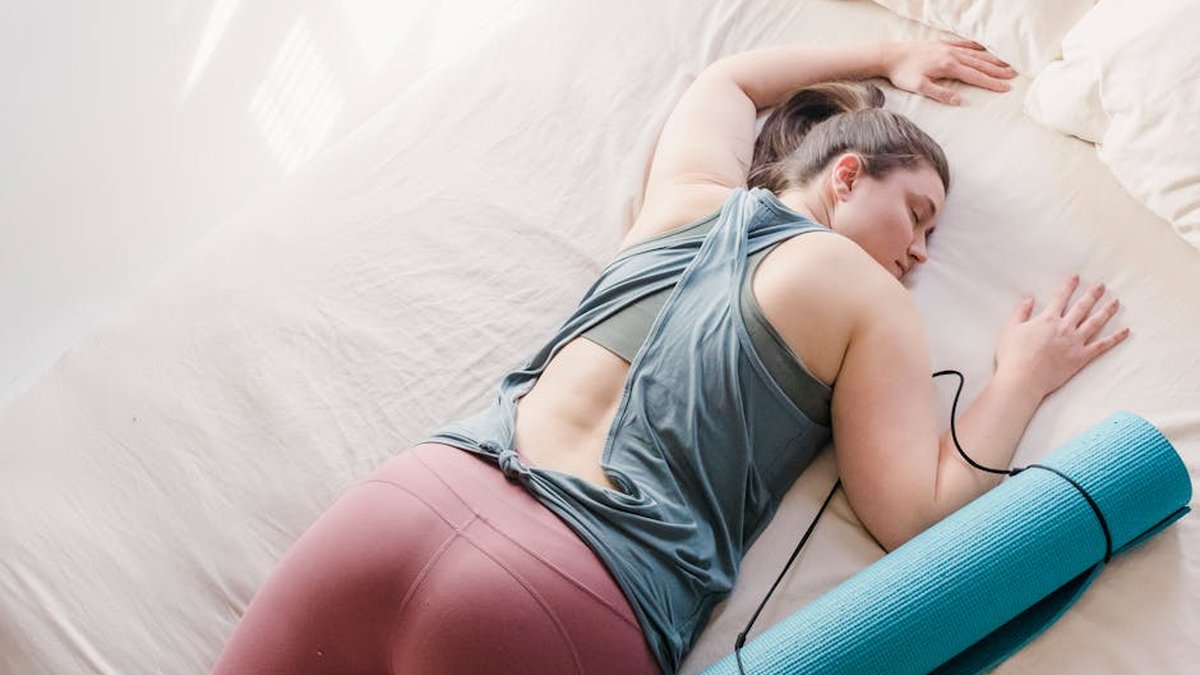Decoding Your Sleep Cycle: Using Wearable Tech for Optimal Rest
Understanding the Importance of Sleep Cycles
Sleep is far more than just a period of inactivity. It’s a complex biological process that plays a vital role in our physical and mental health. During sleep, our bodies repair tissues, consolidate memories, and regulate hormones. A crucial aspect of understanding sleep is recognizing the different stages we cycle through each night.
These stages, collectively known as sleep cycles, typically last around 90 minutes each. Each cycle consists of four distinct stages: N1 (light sleep), N2 (deeper sleep), N3 (deepest sleep, also known as slow-wave sleep), and REM (rapid eye movement) sleep. Understanding these stages is the first step towards optimizing your sleep.
The Four Stages of Sleep: A Quick Overview
- N1 (Light Sleep): The transition period between wakefulness and sleep. You may experience muscle twitches or a floating sensation.
- N2 (Deeper Sleep): Your heart rate slows and your body temperature drops. Brain waves become slower, with occasional bursts of activity called sleep spindles.
- N3 (Deep Sleep): The most restorative stage of sleep. It’s difficult to wake someone from this stage. Your body repairs tissues and builds energy.
- REM (Rapid Eye Movement) Sleep: Brain activity increases, resembling wakefulness. This is when most dreaming occurs. REM sleep is crucial for cognitive function and memory consolidation.
How Wearable Tech Tracks Your Sleep
Wearable technology, such as smartwatches and fitness trackers, has revolutionized how we monitor our health. These devices utilize various sensors to gather data about our bodies, including heart rate, movement, and even blood oxygen levels. This data is then analyzed to estimate sleep stages and provide insights into sleep quality.
Most wearables use a combination of actigraphy (measuring movement) and heart rate monitoring to determine sleep stages. When you are still, and your heart rate slows down, the device interprets this as sleep. More sophisticated devices may also use heart rate variability (HRV) to differentiate between different sleep stages.
Benefits of Using Wearable Tech for Sleep Tracking
- Identify Sleep Disruptions: Wearables can detect when you wake up during the night, how long it takes you to fall asleep, and how often you toss and turn.
- Track Sleep Duration and Efficiency: You can see how much time you actually spend sleeping compared to the time you are in bed. Sleep efficiency is a key indicator of sleep quality.
- Understand Your Sleep Patterns: Over time, wearables can help you identify patterns in your sleep, such as when you tend to sleep best or when you experience the most disruptions.
- Personalized Insights and Recommendations: Many devices offer personalized insights and recommendations based on your sleep data, such as adjusting your bedtime or improving your sleep environment.
Interpreting Your Sleep Data and Making Adjustments
Once you’ve collected sleep data from your wearable, it’s time to interpret the results and make adjustments to your sleep habits. Don’t be alarmed by occasional nights of poor sleep. Focus on identifying trends and patterns over time.
Analyzing Your Sleep Data
- Look for Consistent Trends: Are you consistently getting enough deep sleep? Are you spending too much time in light sleep?
- Identify Potential Disruptors: Do you notice a correlation between certain activities (e.g., late-night caffeine consumption) and poor sleep quality?
- Compare Your Data to Recommendations: Are you meeting the recommended sleep duration for your age group (typically 7-9 hours for adults)?
Practical Tips for Improving Your Sleep
Based on your sleep data and analysis, consider implementing the following strategies:
- Establish a Consistent Sleep Schedule: Go to bed and wake up at the same time each day, even on weekends.
- Create a Relaxing Bedtime Routine: Take a warm bath, read a book, or listen to calming music before bed.
- Optimize Your Sleep Environment: Make sure your bedroom is dark, quiet, and cool.
- Limit Screen Time Before Bed: The blue light emitted from electronic devices can interfere with sleep.
- Avoid Caffeine and Alcohol Before Bed: These substances can disrupt sleep patterns.
- Consider a White Noise Machine: This can help to block out distracting sounds.
- Consult a Doctor: If you have persistent sleep problems, consult a doctor to rule out any underlying medical conditions.
Choosing the Right Wearable for Sleep Tracking
With so many wearable devices available, choosing the right one for sleep tracking can be overwhelming. Consider the following factors:
- Accuracy: Look for devices that have been validated in clinical studies.
- Features: Consider the features that are most important to you, such as sleep stage tracking, heart rate monitoring, and personalized insights.
- Comfort: Choose a device that is comfortable to wear throughout the night.
- Battery Life: Make sure the device has sufficient battery life to track your sleep overnight.
- Price: Wearables range in price from affordable to premium. Choose a device that fits your budget.
Conclusion: Take Control of Your Sleep
Wearable technology provides valuable tools for understanding and improving your sleep. By tracking your sleep cycles, identifying disruptions, and making adjustments to your sleep habits, you can unlock the secrets to optimal rest and improve your overall health and well-being. Embrace the power of data and take control of your sleep today! Remember that consistency and patience are key to seeing meaningful results. Good night, and sweet dreams!






